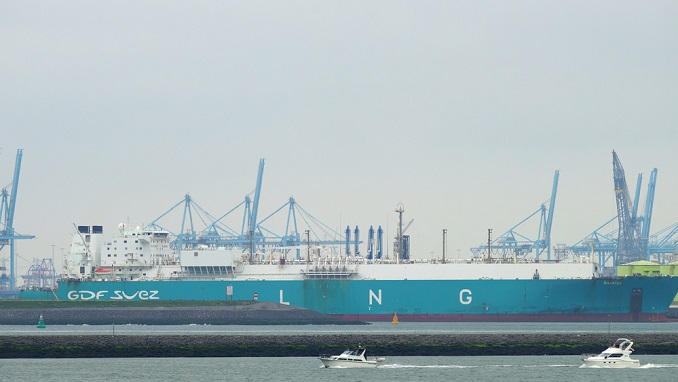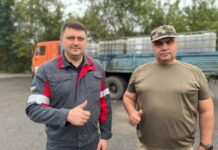Russia needs to make an important decision on what kind of fuels its ships will use on the newly opened Arctic Route, which was previously inaccessible due to permafrost conditions, a leading environmental expert told state news agency TASS.
According to Yulia Zvorykina, who heads VEB’s Institute for Research and Expertise, with the current technology at hand, liquefied natural gas (LNG) is the only adequate fuel Russian vessels could use without damaging the vulnerable Arctic ecosystem.
Russia’s Ministry of Natural Resources has been working on a project to have vessels, working in the Arctic, use gas instead of diesel or black oil to prevent water pollution. The assembling of a “green” fleet is called a priority task in development of the country’s water transport.
“Having the transport use gas, especially in environmentally sensitive regions, like the Arctic, is a very important topic, which is developing now. This would be a major decision to keep the ecosystem in the Russian Arctic zone,” says Zvorykina, who is also a professor at the Moscow State Institute of International Relations (MGIMO).
“The use of LNG is a gradual transition towards hydrogen fuel, which many countries are considering now, including Iceland, and for the Russian Arctic zone it would solve many problems.
Earlier, the Russian Ministry of Transport initiated a program to use LNG in transport, and now this is continued at the Energy Ministry and additional financing has been approved.
“Thus, we hope our transport in the Arctic will be environment-effective in the long term,” Zvorykina said, adding that Russia is in for a lengthy transition period.
According to the expert, big players on the Russian shipbuilding market are preparing the projected fleet to using LNG.
“For fueling small vessels, low-tonnage wells could be used, and this is being discussed,” she said. “Scientists say that actually an LNG filling capacity could be made at every 1,000-km point in the Arctic, thus solving fully the task of filling vessels there.”












